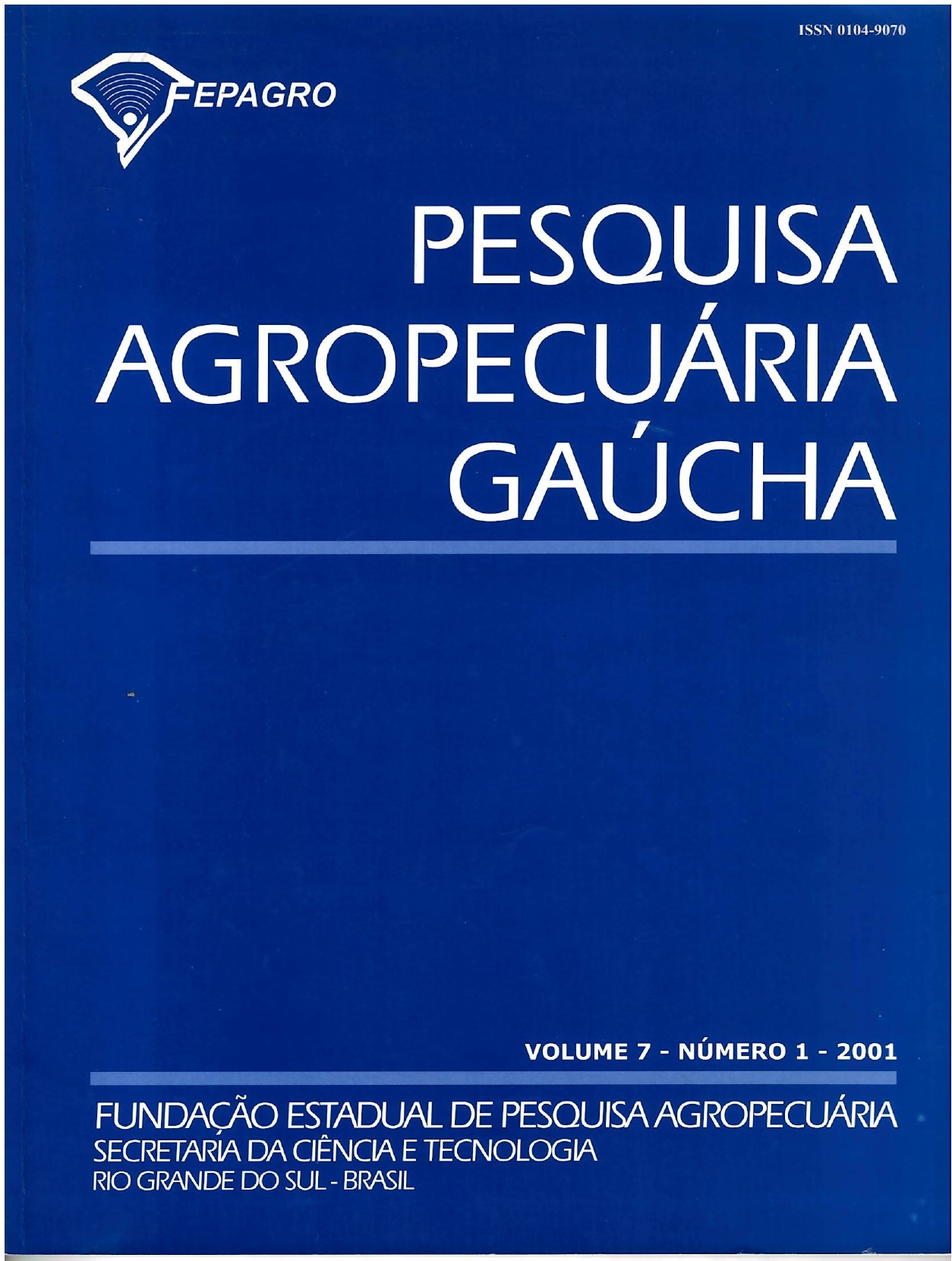EFFECT OF SOIL TILLAGE METHODS IN WINTER.AND CROP ROTATIONS ON SOYBEAN YIELD
Keywords:
crop succession, crop rotation, conventional tillage, minimum tillage, no-tillage.Abstract
The effects of soil tillage methods and winter crop rotation on soybean yield were assessed over a ten-year period. Four soil tillage methods — 1) no-tillage continuous; 2) minimum tillage in winter and no-tillage in summer; 3) conventional tillage with disk plow in winter and no- tillage in summer; and 4) tillage using a moldboard plow in winter and no-tillage in summer—and three crop rotation systems [system 1 (wheat/soybean), system II (wheat/soybean and common vetch/corn or sorghum), and system III (wheat/soybean, black oats or white oats/soybean, and common vetch/corn or sorghum)] were compared. An experimental randomized blocks design with split-plots and three replications was used. Soybean yields under conventional soil tillage with disk plow'minimum tillage, and no-tillage were the highest. The yield of soybean grown after wheat, in system II, was higher than soybean grown afier black oats or white oats, after wheat, in system III, and after wheat, in system I. The lowest soybean yield was obtained in monoculture .
Downloads
Downloads
Published
How to Cite
Issue
Section
License
The authors declare that the work has not been previously published, nor sent simultaneously for publication in another journal and that they agree with the submission, content and transfer of the publication rights of the article in question to the scientific journal Pesquisa Agropecuária Gaúcha - PAG. The authors assume full responsibility for the originality of the article, and may incur on them any charges arising from claims by third parties in relation to the authorship of the article. The full reproduction of the journal's articles in other free-to-use electronic media is permitted under the Creative Commons Attribution-NonCommercial-ShareAlike 4.0 International license.



















